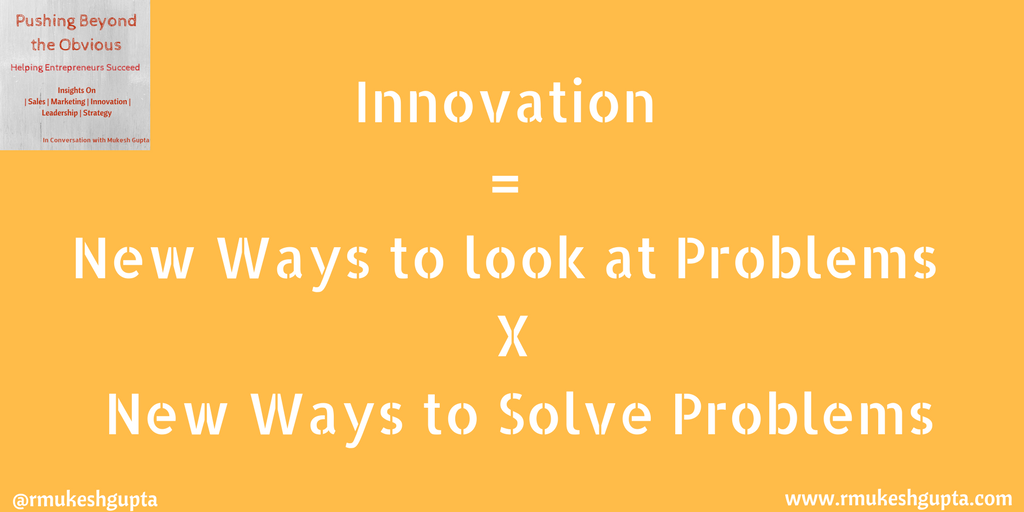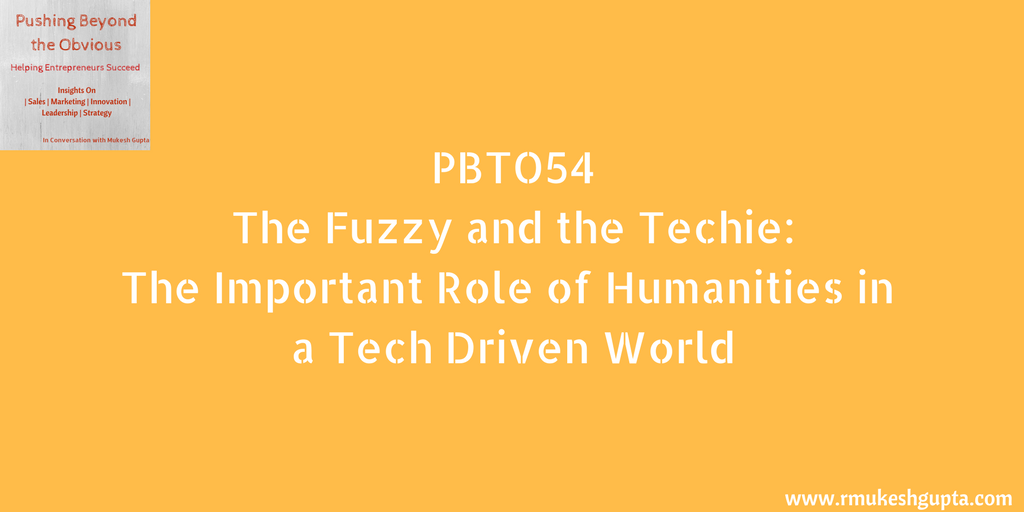Book Review – Invisible Women: Data Bias in a World Designed for Men by Caroline Perez
Overview: I bought this book on Audible after listening to the author talk to Roman Mars on his podcast – 99% Invisible) and listened to the audio book, which the author has read herself. The book is primarily about three things: Design Data and Women The entire book is about how designers have ignored the role that gender plays in designing their products or services and how by not collecting data about how the design interacts with half the world’s population, we are blind-sighted of the huge implications of ignoring this demographic from our design research. Ease of reading: The […]



